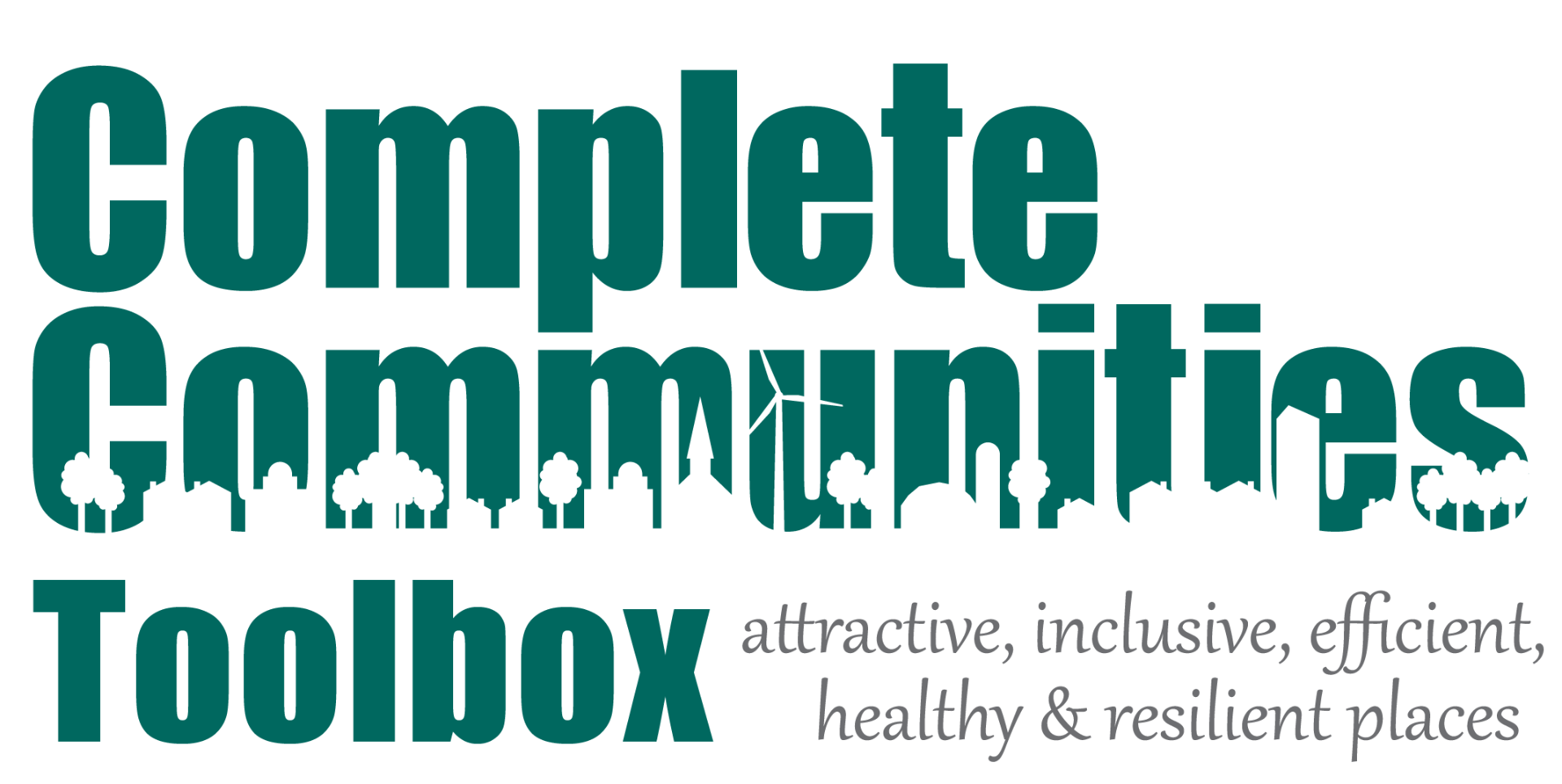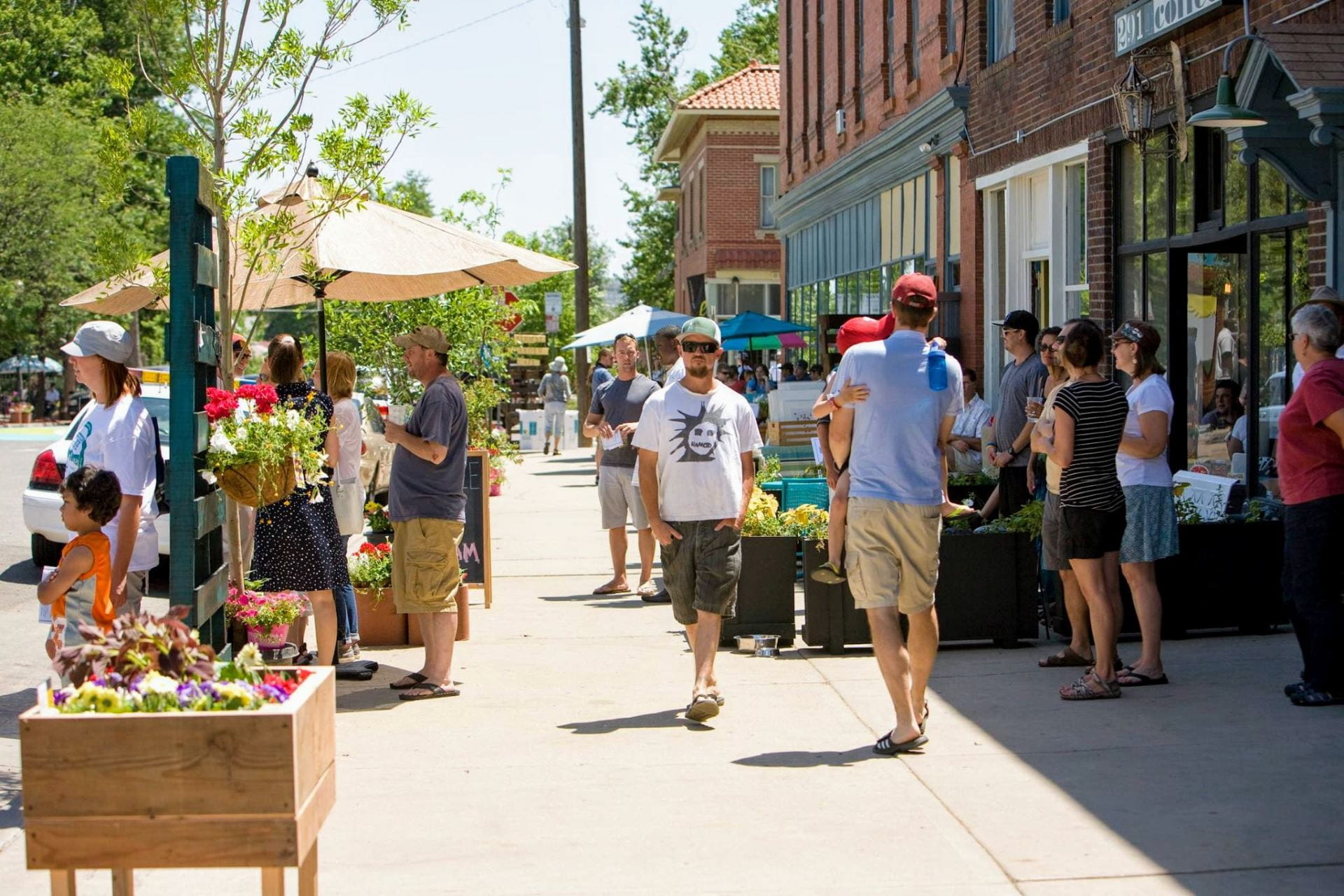DEMOGRAPHICS
Overview
The given population, economic, and employment data is important to characterize the residents of each municipality. The population characteristics will inform land development plan recommendations—most notably in regards to housing and social services. The economic and employment data is important to characterize the economic stability of the town or city, and will help inform land development plan recommendations, especially for industrial lands, employment centers, and economic development.
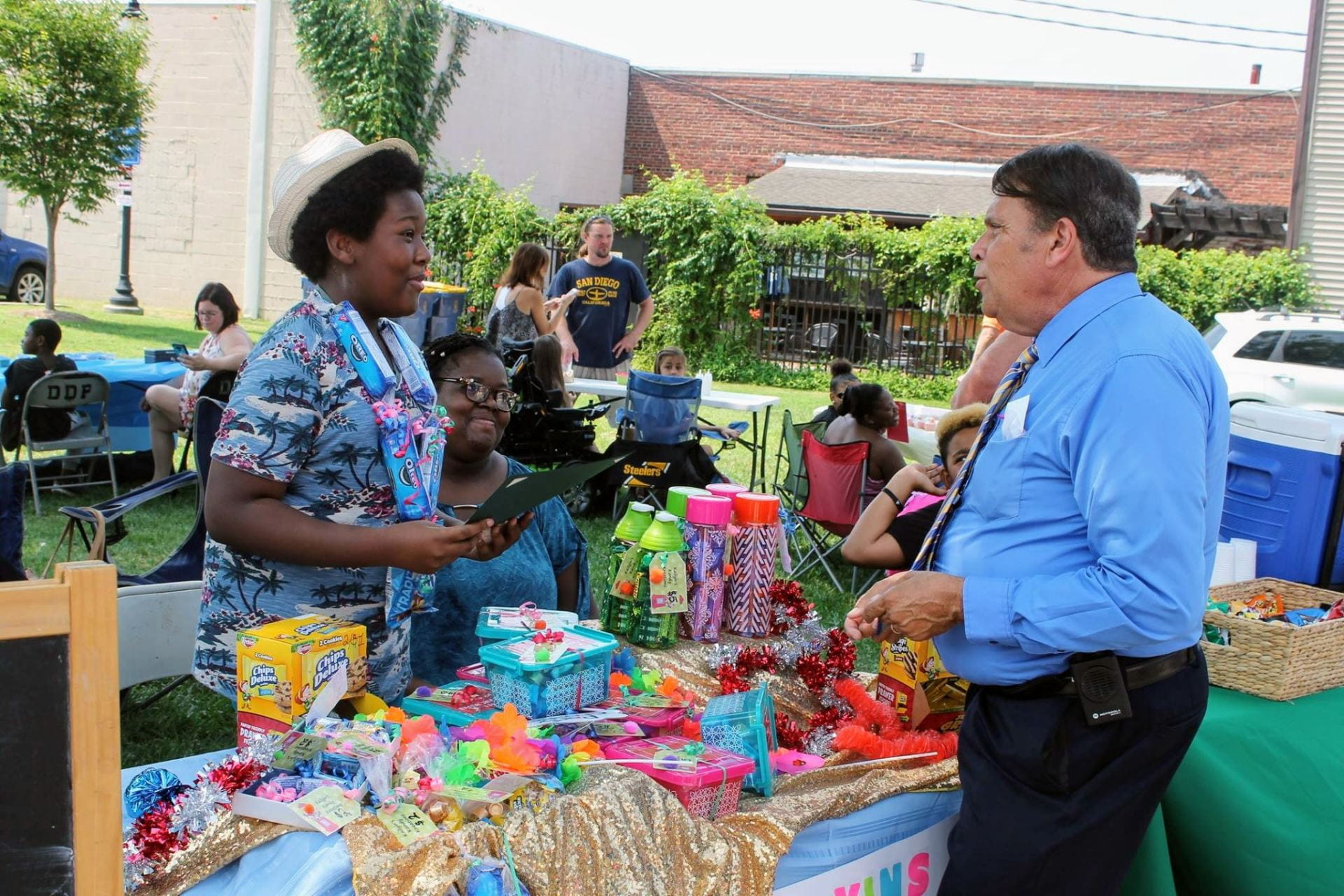
Understand
Why Demographic Data Matters
Demographics have a significant impact on crucial decision-making methods for communities. In addition to providing the community with the information, they need to plan future investments and services, demographic data from sources like the US Census and the Bureau of Labor Statistics, help identify which residents receive federal assistance in a community. This information can help determine where such programs that benefit lower-economic residents are directed within communities. In fact, demographics affect almost everything you do, from the distance you drive to the store, the amount you pay for property taxes, and where child attends school. Having not only accurate, but extremely precise information regarding economics is crucial for a complete community.
Plan
How a Community Can Thrive
Keeping current residents and attracting new community members is the most important strategy in the economic climate of a city or town. Services that are local in nature occupy a larger share of the economy and its potential growth, rather than commodities. Half of the economic loss due to population decline is due to the loss of employment and income in the service sector.
Valleys are areas that have been declining over the years. In the face of economic restructuring in these valley areas, it may be good to rethink some old principles. People are naturally proud of their local food, places, history, landscapes and shops. Losing local food production capacity leads to a loss of self-sufficiency and the ability to build a strong and sustainable economy.
Streets are also equally as important, as they are the most prominent and ubiquitous public space in any city. Making the streets more pedestrian-friendly is among the top things we can do to improve our community’s current status and potential growth. Accessible and equitable transportation also marks among the top of the list to create a complete community. Growth and implementation within transportation budgets is something just about all communities need to address. If you run out of resources, you need to clarify and rank your priorities.
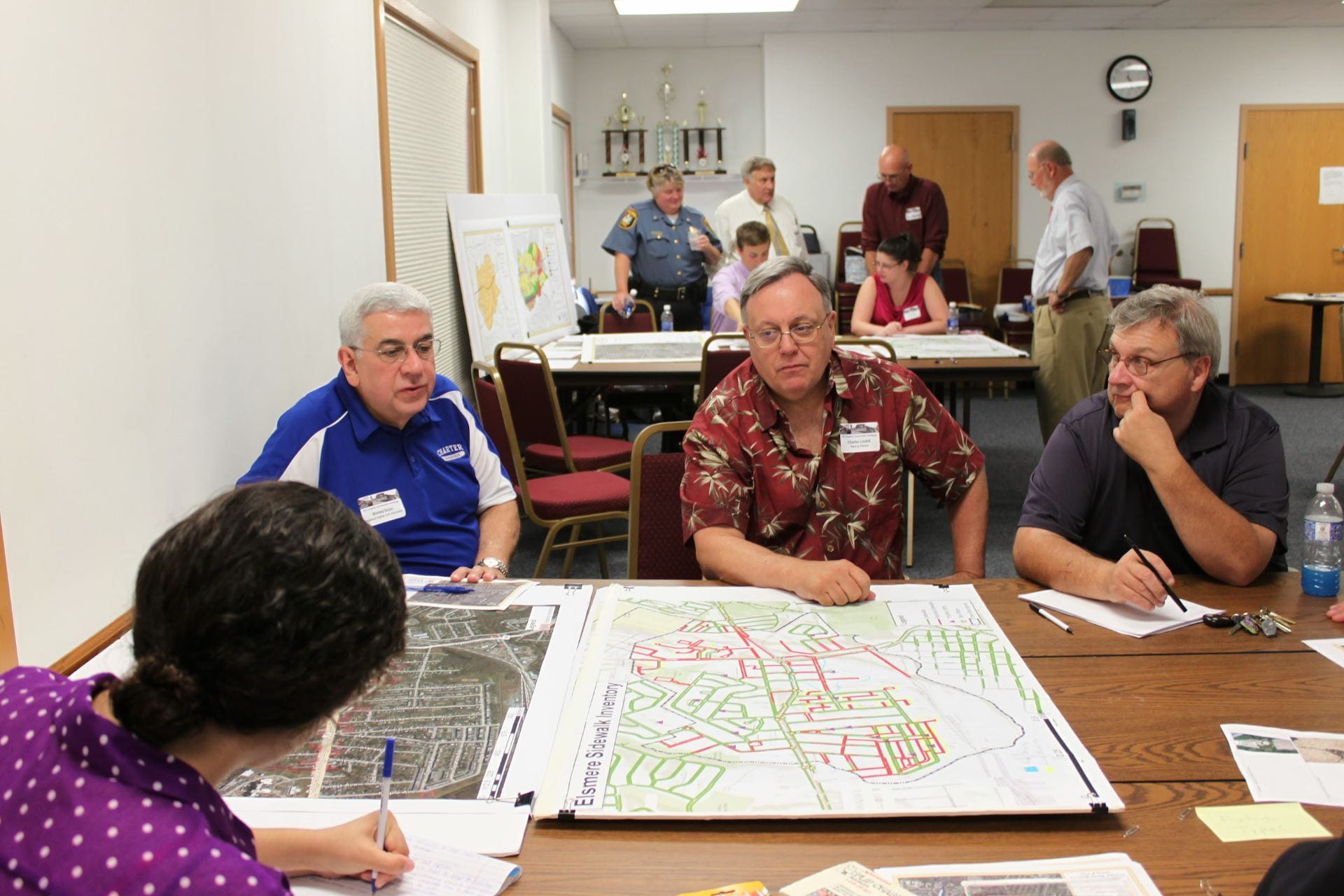
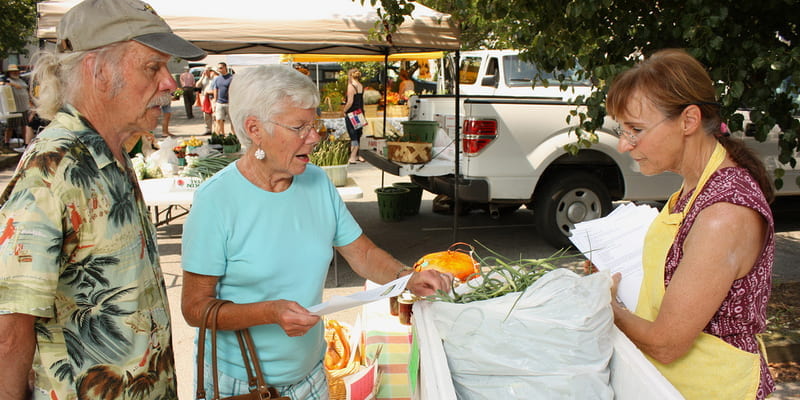
Examples of Community Planning
Safe Routes to School
Launching a Safe School Route Program (SRTS) is an opportunity for children, including children with disabilities, to make walking and cycling to school safer and more accessible, and to increase the number of children who choose to walk. At a broader level, SRTS programs can improve children’s health and well-being, reduce traffic congestion near schools, improve air quality, and improve the overall quality of life of community members.
Affordable Housing
Inclusion zoning is applied in areas where affordable housing is scarce and development is rapid. Local governments can support contests, charrette planning, and workshops to encourage better design from developers. If there is a shortage of housing, the local government can support the development of rental housing and reform policies that prioritize home ownership.
Parks and Recreation
Parks today fall into two general categories: active parks and passive parks. Active parks include sports fields, swimming pools, gymnasiums and skate parks. Passive parks provide open trails, picnic areas, and areas for extracurricular activities such as running and cycling. According to an analysis of social equity and parks conducted by the National Parks and Recreation Association, public parks provide equal access to all citizens regardless of age, gender, socioeconomic status, ethnicity, or ability. Parks and recreation facilities can foster community pride, bring people together, create destination-oriented places, and connect people to each other and nature.
Vulnerable Populations
Youth
Children and young people separated from their parents are vulnerable groups due to extreme poverty, chronic illness of self or parents, and lack of social support and education. These issues make young people vulnerable to abuse, neglect, deprivation and violence.
Older Adults
Older adults may become vulnerable and live at risk because of cognitive, psychosocial, and/or physical problems.
Women
Decreased health status, especially morbidity and premature mortality, are associated with gender, sociocultural, and economic factors which define affected women as a vulnerable population group.
Racial & Ethnic Minorities
Race and ethnicity are highly correlated with poverty and thus often with health outcomes. Minority populations are growing, moving and changing, which has a significant impact on society, including health and how we address health issues.
Foreign Born
Foreign-born people are those born outside of their country of residence. Foreign born are often non-citizens, but many are naturalized citizens of the country in which they live, and others are citizens by descent, typically through a parent.
Limited English Proficiency
The Limited English Proficient (LEP) population experiences well-documented suboptimal health outcomes and substandard provider experiences. The lack of national estimates on the size of the LEP population relative to the healthcare setting makes examining health outcomes for this population very difficult.
Disabled
When someone with a disability cannot access equal education or employment, and is forced to rely on complex public systems for healthcare, they become vulnerable.
Low-Income
The health of people with low incomes often suffers because they can’t afford adequate housing, food, or child care. Such living conditions, and the stress they cause, can lead to higher rates of tobacco and alcohol use and increase the risk of health problems developing or worsening over time.
Plan
Case Study: Mobility Barriers Among Seniors
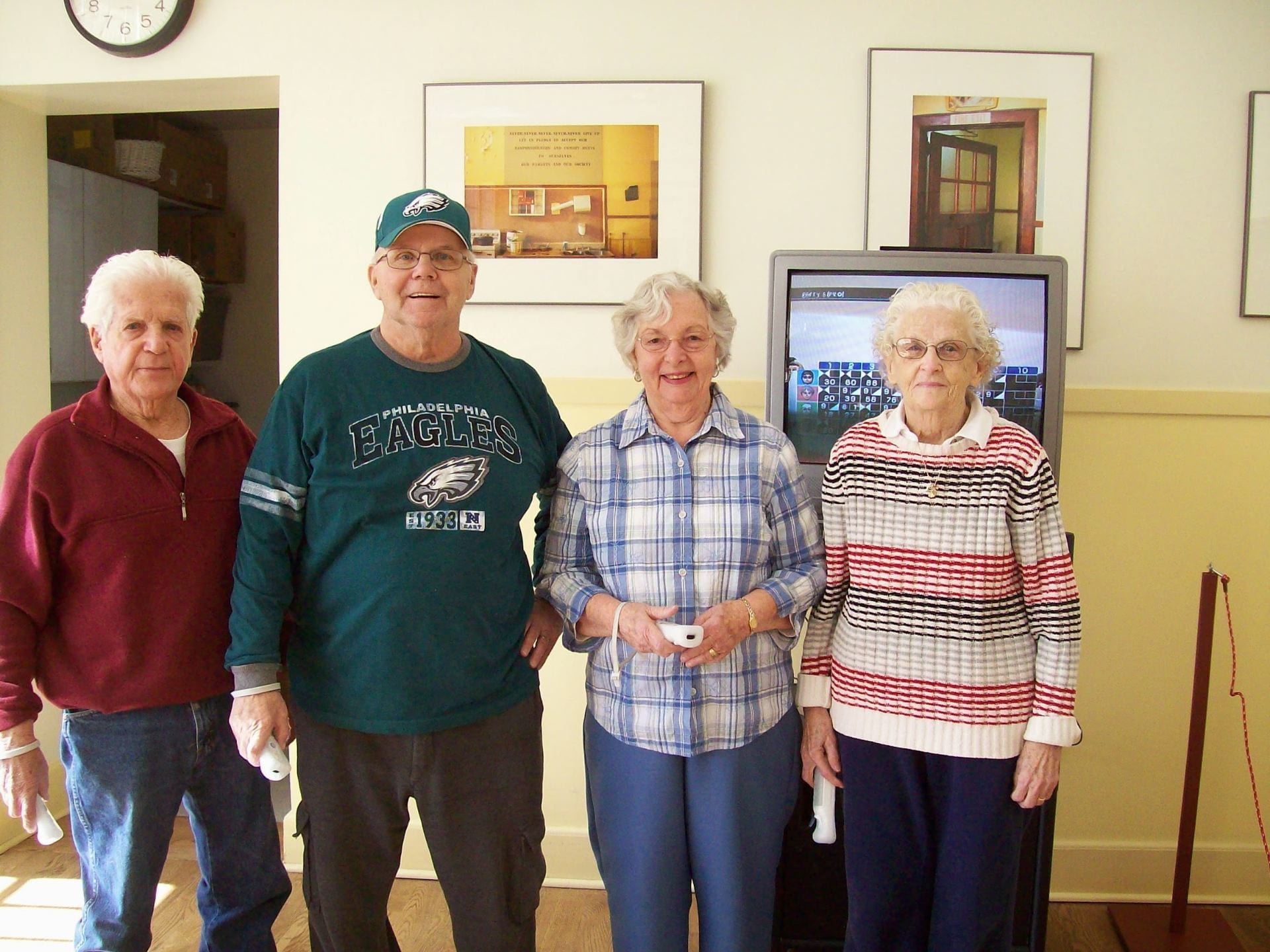
Mobility Disabilities and Health Problems
As people age, they are more likely to develop disabilities and health problems that limit mobility, making walking and biking much more difficult or impossible. These mobility limitations can make it difficult for seniors to travel to and from their daily tasks and navigate their surroundings. Similarly, weakness and reduced motor control make these tasks more difficult to complete.
Less Personal Vehicle Access
Senior households are much less likely on average to own cars in comparison to households of younger age groups. Additionally, many people lose the ability to drive safely as they age. Together, these factors make it difficult for seniors to transport themselves.
Living Alone
Seniors in single-member households must rely on themselves for daily tasks, and some with restrictive mobility may find it difficult to care for themselves.
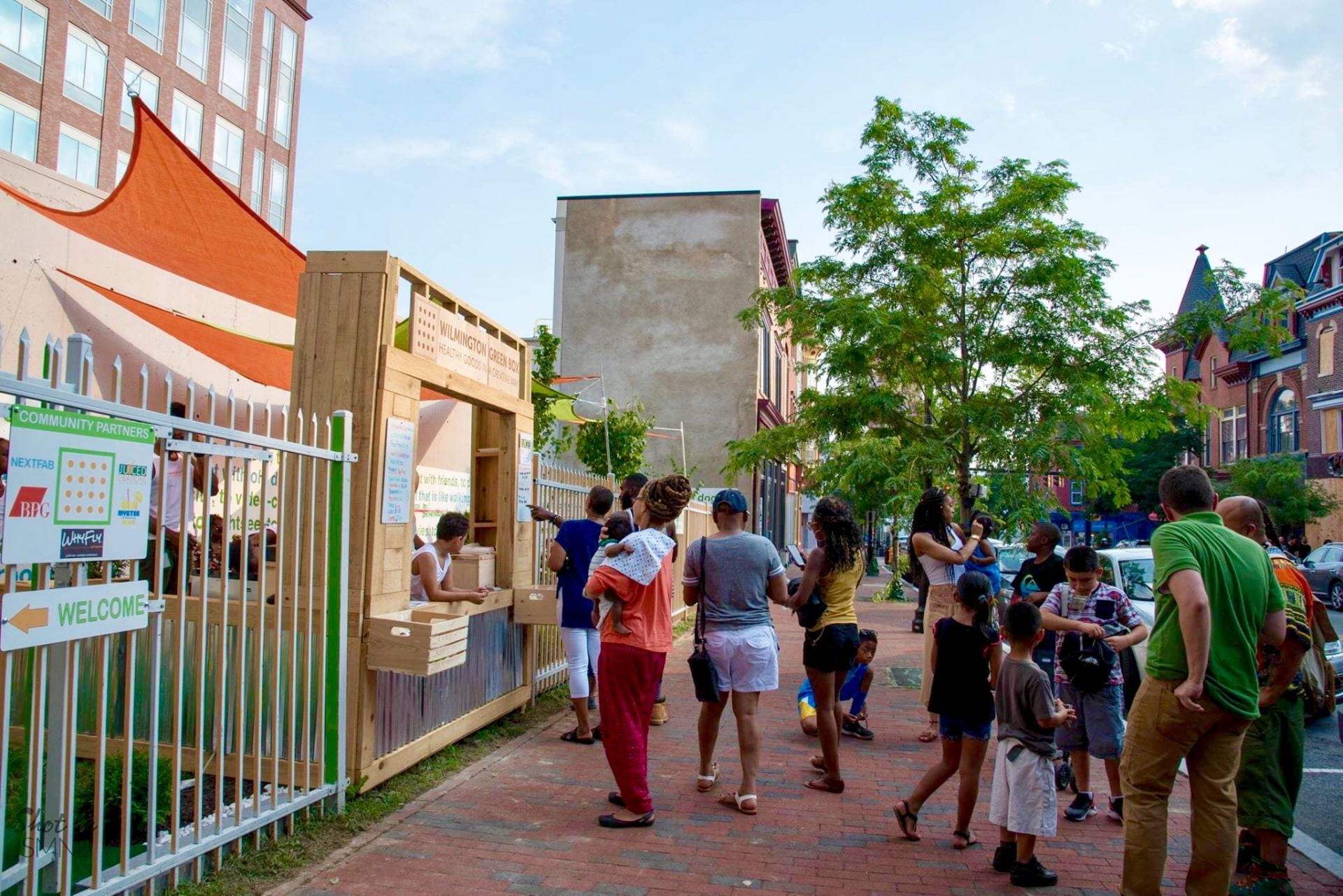
Act and Implement
How to Effectively Act/Implement Policies in a Community
Community perspective and input is important throughout the policy development process. Organizations within a community often lack the skills, understanding and willingness to be effectively involved in public policy processes. We need to invest in this capability to ensure that community perspectives are taken into account in policy development and design. These policies directly affect the communities that these organizations live and work in—they are the most critical stakeholder.
Access to Healthy Food
Farmers’ markets and farm stands increase local access to food, and promote business among local food growers. Communities can use local ordinances to help promote farmers’ markets. Some farm stands also focus on employing and training local youth, thus expanding access to equitable employment. The Food Bank of Delaware helps communities apply for grants to support farmer’s markets and other food programs.

